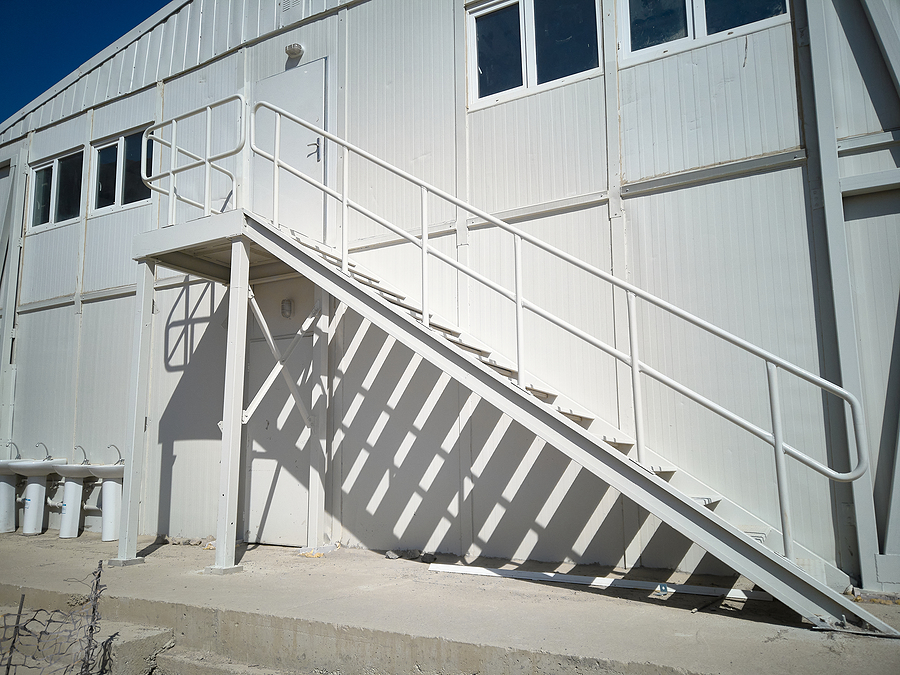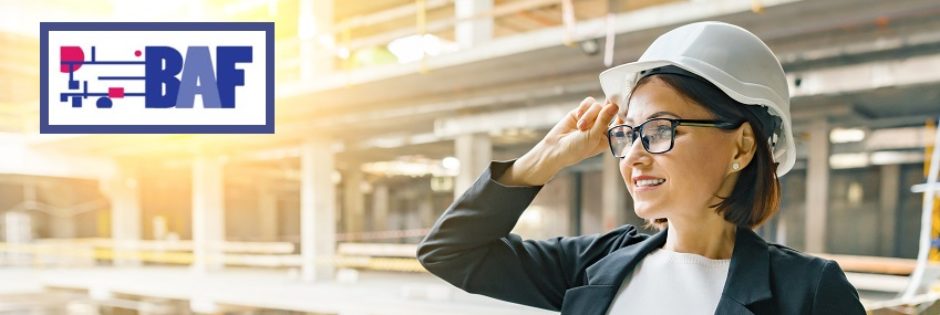Prefabrication, the practice of manufacturing building components off-site in a controlled factory setting, is fundamentally reshaping the commercial construction landscape. This method, which involves creating everything from individual panels to complete room modules before transporting them to the construction site for assembly, is rapidly gaining traction. As industries seek more efficient, cost-effective, and sustainable building solutions, understanding the potential of prefabrication is no longer optional—it’s essential for staying competitive.
This shift isn’t just about building faster; it’s about building smarter. By moving significant portions of the construction process into a factory, prefabrication offers unparalleled control over quality, timing, and resources. For real estate developers, investors, and business owners planning new facilities, this translates into tangible benefits that can significantly impact a project’s success. This guide will explore the current trends, advantages, and challenges of prefabrication, providing a clear picture of its role in the future of commercial construction.

Current Trends Driving Prefabrication
The adoption of prefabrication is being accelerated by several key innovations and practices that are making it a more viable and attractive option for commercial projects.
Modular Construction Techniques
Modular construction is a prominent form of prefabrication where entire sections of a building, or “modules,” are constructed off-site. These modules, which can be fully fitted with electrical, plumbing, and interior finishes, are then transported to the site and assembled. This approach drastically shortens project timelines. A McKinsey report highlights that modular construction can slash construction time by 20% to 50%, allowing businesses to become operational much sooner than with traditional methods.
The Role of Building Information Modeling (BIM)
Building Information Modeling (BIM) is a digital technology that has become central to modern prefabrication. BIM software creates a detailed 3D model of the building, which allows architects, engineers, and manufacturers to collaborate with extreme precision. This digital blueprint ensures every component fits perfectly, minimizing errors and rework. It also helps in planning the logistics of transportation and on-site assembly, making the entire process smoother and more predictable.
A Focus on Sustainable Materials
Sustainability is a major driver in the construction industry, and prefabrication is well-suited to meet this demand. The controlled factory environment allows for more efficient use of materials and significantly reduces waste. Many manufacturers are now using eco-friendly materials, such as recycled steel and sustainably sourced timber, in their prefabricated components. This makes prefabricated buildings a compelling choice for developers and business owners committed to sustainable building practices.
Key Benefits of Prefabrication in Commercial Construction
Opting for prefabrication offers distinct advantages that address some of the most persistent challenges in traditional construction.
Significant Cost and Time Savings
One of the most compelling benefits is the potential for major savings. By streamlining the construction process and reducing on-site labor needs, prefabrication can be highly cost-effective. According to McGraw Hill Construction, prefabrication can lower overall construction costs by up to 20%, primarily through reduced labor hours and minimized material waste. The accelerated timeline also means a faster return on investment, as commercial properties can be occupied and generating revenue sooner.
Improved Quality Control
Manufacturing building components in a factory setting allows for a level of quality control that is difficult to achieve on a traditional construction site. Each piece is built to precise specifications under controlled conditions, free from the variables of weather and other on-site disruptions. This results in a higher-quality, more durable final product, which is particularly important for commercial structures like warehouses or office buildings that need to withstand heavy use.
Reduced Environmental Impact
Prefabrication is an inherently greener way to build. The factory process optimizes material usage, and excess materials can often be recycled or repurposed for other projects. This significantly cuts down on the construction waste that typically ends up in landfills. Additionally, with less on-site activity, there is a reduction in noise pollution, dust, and disruption to the surrounding community.
Schedule a Prefab Construction Consultation Today ✅
Addressing the Challenges of Prefabrication
Despite its many advantages, prefabrication is not without its hurdles. However, with careful planning and collaboration, these challenges can be effectively managed.
Overcoming Regulatory Hurdles
Building codes and zoning regulations can vary significantly from one location to another, which can complicate the approval process for prefabricated buildings. Some jurisdictions may not have established protocols for inspecting and approving off-site construction. Solutions involve engaging with local authorities early in the project and working with experienced teams who understand how to navigate these complexities.
Ensuring Design Flexibility
A common misconception about prefabrication is that it limits design creativity. While early forms of prefabrication may have been rigid, modern techniques offer substantial flexibility.
- Early Collaboration: Bringing architects, engineers, and manufacturers together at the start of a project allows for greater customization.
- Modular Design Systems: These systems offer a wide range of configurations that can be adapted to meet specific aesthetic and functional needs.
- BIM Integration: Using BIM, stakeholders can visualize and modify designs in a virtual space, ensuring the final product aligns with the project’s vision.
Managing Transportation and Logistics
Transporting large, prefabricated components from the factory to the construction site requires careful logistical planning. The size of the modules can be limited by road widths, bridge clearances, and local transportation regulations. Successful management involves detailed route planning and coordination with transportation specialists to ensure a smooth and timely delivery.
Emerging Innovations in Prefabrication
The future of prefabrication looks even more promising with the integration of cutting-edge technologies that will further enhance its efficiency and capabilities.
- 3D Printing: This technology allows for the on-site or off-site printing of custom components, offering unprecedented design freedom and speed.
- Robotics and Automation: The use of robots in the factory setting improves precision, speeds up production, and enhances worker safety.
- AI and Machine Learning: AI can be used for predictive analysis to optimize designs, plan logistics, and manage supply chains more effectively.
- Advanced Materials: The development of new materials, like self-healing concrete or smart glass, will create more resilient and energy-efficient prefabricated buildings.
- VR and AR: Virtual and augmented reality tools allow for immersive design reviews and can guide on-site assembly with digital overlays.
Frequently Asked Questions
What is a prefabricated metal building?
A prefabricated metal building is a structure where the primary components, such as frames, walls, and roof panels, are made from steel in a factory. These components are then delivered to the site for assembly. They are a popular choice for warehouses, workshops, and commercial storage facilities due to their durability, cost-effectiveness, and quick construction time.
Is prefabrication lower quality than traditional construction?
This is a common myth. In reality, prefabrication often results in higher-quality construction. Because components are built in a climate-controlled factory environment, they are protected from weather damage and are subject to rigorous quality control inspections at every stage of production.
Can prefabricated buildings be customized?
Yes. Modern prefabrication and modular construction offer a high degree of customization. By using advanced design software like BIM, architects and clients can work with manufacturers to create unique designs, select specific finishes, and tailor the layout to their exact needs.
Build Smarter with Prefabrication
The evidence is clear: prefabrication is a powerful solution for the challenges facing the commercial construction industry. By offering substantial savings in time and cost, superior quality control, and a more sustainable building process, it provides a competitive edge for developers, investors, and business owners. While challenges in regulation and logistics exist, they are being overcome by innovation and collaboration.
As technology continues to advance, the capabilities of prefabrication will only expand, making it an increasingly integral part of how we build our commercial spaces. Embracing this shift is not just about adopting a new method; it’s about investing in a smarter, more efficient, and more sustainable future for construction.
Ready to explore how prefabrication can benefit your next commercial project?
Get a Prefabrication Project Quote
Related Post: The Future of Prefabricated Building: Exploring Modular Construction
